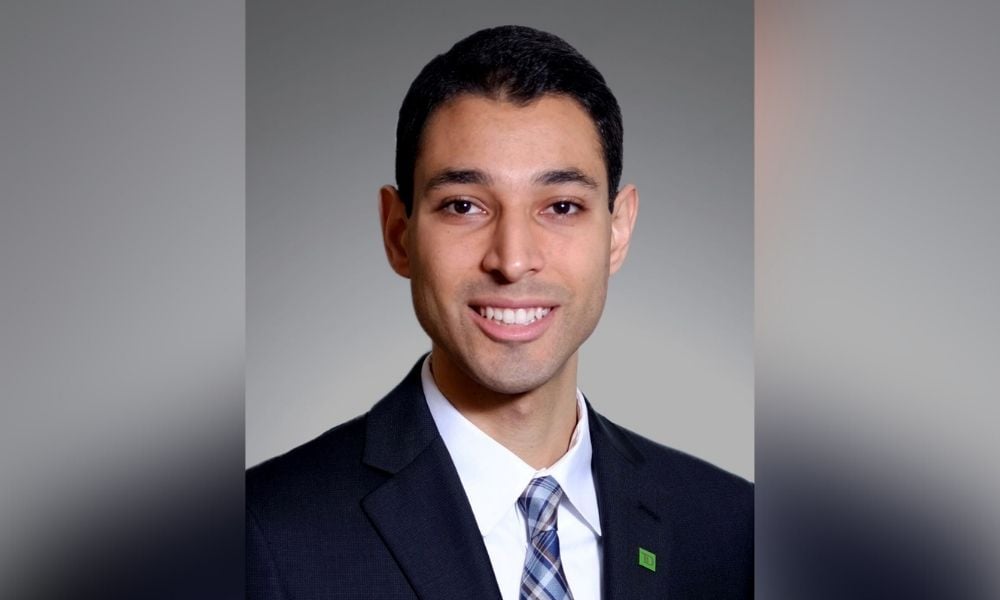A growing, aging population and increasing healthcare innovation are driving this sector

Advisors who want to see faster growth than they’re seeing in the rest of the market for their portfolios should consider investing some assets in healthcare funds, says one experienced analyst.
“I don’t have a crystal ball on what’s going to happen with the macro-economic backdrop, but if your clients have money that doesn’t have to be withdrawn for the next couple of years and you can invest for a three-year horizon, this sector can deliver attractive returns,” Tarik Aeta, vice president and global healthcare analyst for TD Asset Management told Wealth Professional.
“Over a multi-year horizon, it makes a lot of sense because of the demographic, scale, innovation, and tailwind, so there is faster earnings growth versus the rest of the market. It checks many of those boxes and, in the short term, is more defensive. If the market goes down a bunch, at least it won’t go down as much.”
Aeta said health care comprises now comprise about 14% of the Standard and Poor’s 500, but Canadian investors don’t have much domestic exposure to quality blue chip companies since the Toronto Stock Exchange primarily has cannabis or early stage biotech companies. But, there’s been a growing interest in healthcare funds during the pandemic, so advisors are getting their clients’ healthcare expose by investing in U.S. or global – primarily western Europe – equity funds.
Aeta said two factors are driving the health care sector’s growth. One is the growing, aging global population. Canada’s population is growing by one percent per year, while the percentage of adults over 65 is growing at three percent a year and people use more healthcare services as they age. The second factor is innovation, with about $100 billion a year going into such research and development as robotic surgery, DNA sequencing, and new cancer drugs, and that opens new markets to address unmet consumer needs. Companies like Moderna and Pfizer have also made large profits from COVID vaccines and Pfizer’s COVID antiviral during the pandemic and are reinvesting in their pipeline.
There are several verticals in the healthcare sector and Aeta recommended that advisors diversify across them to reduce their risk. So, while a pharma or biotech company’s drug test could succeed or fail, companies that supply lab and quality control equipment or big bio reactors to produce vaccines or cancer drugs could grow. While hospitals are now being impacted by staff shortages and wage increases, healthcare insurers could benefit from the sector’s growth.
“Every vertical is very different,” he said. “So, the one thing I reiterate to all the advisors I talk to is that it is important to be diversified across these different verticals because if you’re too exposed to one vertical – such as health insurers and the rules of the Affordable Care Act in the U.S. change – then you can potentially have a lot of downside. If you’re only investing in the pharma companies, then the regulatory backdrop can change because the Democrats are talking about trying to bring down the prices of the top ten selling drugs in the U.S. The medical device companies are now being hit more by supply chain and inflationary pressures relative to other areas in healthcare, but if you’re invested in hospitals, the wage pressures are very strong there. So, it’s important to be diversified across the different health care verticals. You’ll get a smoother ride in the sector and the performance will be more consistent.”
Aeta said that if advisors are pessimistic that there could be a recession, then healthcare is also a defensive area, which will do well in that environment because the demand is there. If they’re optimistic about the future, and have a three-year timeline, valuations are slightly less now and the sector has historically grown faster than the market in terms of earnings.
“I think that trend will continue going forward,” he said. “If you take a multi-year view, it’s hard to see how healthcare will underperform the broader market over that time.”



